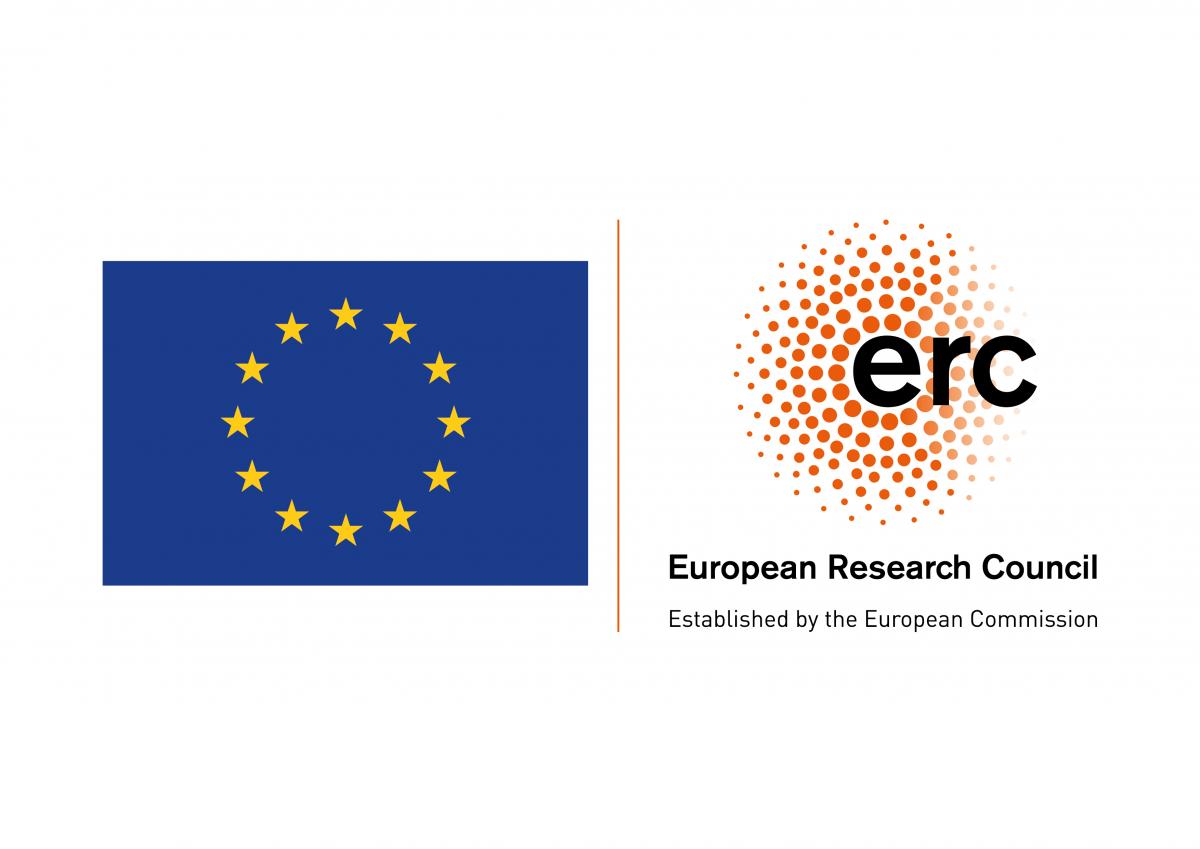Magneto-ionic Materials
Magneto-ionic control is a novel electrochemical approach toward electrically switchable magnetic materials with high energy efficiency. Here, the magnetic material is in contact with a solid or liquid electrolyte and voltage-triggered ionic motion and electrochemical reactions reversibly affect the magnetic performance. The main advantage of magneto-ionic materials, in contrast to most other magnetoelectric materials, is that they can be operated at room temperature and at low voltage. Since chemical changes are involved, the non-volatile setting of a magnetic state by voltage is possible. Thus, magneto-ionic control opens a path toward voltage-reprogrammable magnets for spintronics, actuation and sensor applications.
Our reviews on magneto-ionic materials:
- K. Leistner, Electrochemical approaches to room temperature magnetoelectric materials, Curr. Opin. Electrochem. 25,100636 (2021), doi.org/10.1016/j.coelec.2020.09.003
- M. Nichterwitz, S. Honnali, M. Kutuzau, S. Guo, J. Zehner, K. Nielsch, and K. Leistner, Advances in magneto-ionic materials and perspectives for their application, APL Mater. 9, 030903 (2021), doi.org/10.1063/5.0042544
Projects on magneto-ionic materials:
- Engineering Magneto-ionic Materials for Energy-Efficient Actuation and Sensing: From Interfaces to Multifunctional Voltage-Tunable Micromagnets (ACTIONS)
(ERC Consolidator Project 101125178, 2024-2029)
ACTIONS targets the engineering of magneto-ionic materials to use their immense unexplored potential for low power actuation. The innovative strategy of ACTIONS is to transfer magneto-ionic effects of ferromagnetic metal thin films in liquid electrolytes to 3D nanomagnets and assemblies with defined anisotropy and at critical points. I will use a unique combination of in situ analytical and magnetic techniques to study the magneto-ionic control of magnetization; on this base I plan to attain magneto-ionic micromagnets with voltage-reconfigurable stray fields, which can potentially replace microelectromagnets. Additionally, ACTIONS recognizes the inherent cross-link between electrochemistry and magnetism in magneto-ionic systems as a ground-breaking route to combine actuation and sensing in one material.
Funded by the European Union (ERC, ACTIONS, 101125178). Views and opinions expressed are however those of the author(s) only and do not necessarily reflect those of the European Union or the European Research Council. Neither the European Union nor the granting authority can be held responsible for them.

- The role of defects in the magneto-ionic control of exchange-bias thin films
(DFG-project 499361641, together with the Ehresmann group at Uni Kassel, 2022- 2025)
The exchange bias (EB) is an important interface-related effect in modern thin-film magnetism, observed in ferromagnet (FM)/ antiferromagnet (AF) layer systems. It offers an elegant way to control the remnant magnetization direction of the FM in magnetic memories, magnetophoretic devices, sensors, and spintronics. In this project, we apply the emerging concept of an energy-efficient and reversible electric control of magnetic properties by electrochemical processes (magneto-ionic control) to promising EB systems. Particularly, we will combine specific defect engineering possibilities (light ion bombardment and grain size control) with magneto-ionic EB systems as a new approach towards a fundamental understanding of the role of different defect types on the kinetics of the relevant electrochemical processes.
The project idea is based on the joint paper: Nonvolatile Electric Control of Exchange Bias by a Redox Transformation of the Ferromagnetic Layer, Adv. Electron. Mater. 5, 2019, 1900296, doi.org/10.1002/aelm.201900296
- BeMAGIC: Magnetoelectrics Beyond 2020
(EU-ITN project, 2019-2024)
A Training Programme on Energy-Efficient Magnetoelectric Nanomaterials for Advanced Information and Healthcare Technologie - BeMAGIC is a joint academic-industrial inter-disciplinary initiative which has the primary goal of training a pool of young researchers in the utilization of magnetoelectric (ME) nanomaterials to face important challenges in three strategic sectors of modern society: energy, security and health. 14 beneficiaries and 11 partners from different European countries work together in this project. Further information see: project website, press release


- Control of magnetic hysteresis and domains by voltage-triggered electrochemical reactions
(DFG project 400178764, 2018-2023)
In this project we investigate the magneto-ionic control of thin films by advanced in situ methods. We developed in situ Kerr microscopy to monitor magnetic domain changes during liquid electrolyte gating. As materials we investigate voltage-switchable iron oxide/iron-based thin films with in-plane uniaxial and unidirectional anisotropy and, in collaboration with the Beach group at MIT, GdOx/Co-based films with perpendicular exchange bias.
Recent highlight results are:

- Voltage control of ferrimagnetic order and voltage-assisted writing of ferrimagnetic spin textures, Nat. Nanotechnol. 2021. doi.org/10.1038/s41565-021-00940-1
- Magnetoionic control of perpendicular exchange bias (A), Phys. Rev. Mater. 5, 2021, L061401. doi.org/10.1103/PhysRevMaterials.5.L061401
- Voltage-Controlled Deblocking of Magnetization Reversal in Thin Films by Tunable Domain Wall Interactions and Pinning Sites (B), Adv. Electron. Mater. 6, 2020, 2000406, doi.org/10.1002/aelm.202000406
- Control of Positive and Negative Magnetoresistance in Iron Oxide–Iron Nanocomposite Thin Films for Tunable Magnetoelectric Nanodevices (C), ACS Appl. Electron. Mater. 2, 2020, 2543, doi.org/10.1021/acsaelm.0c00448
- Nonvolatile Electric Control of Exchange Bias by a Redox Transformation of the Ferromagnetic Layer, Adv. Electron. Mater. 5, 2019, 1900296, doi.org/10.1002/aelm.201900296





